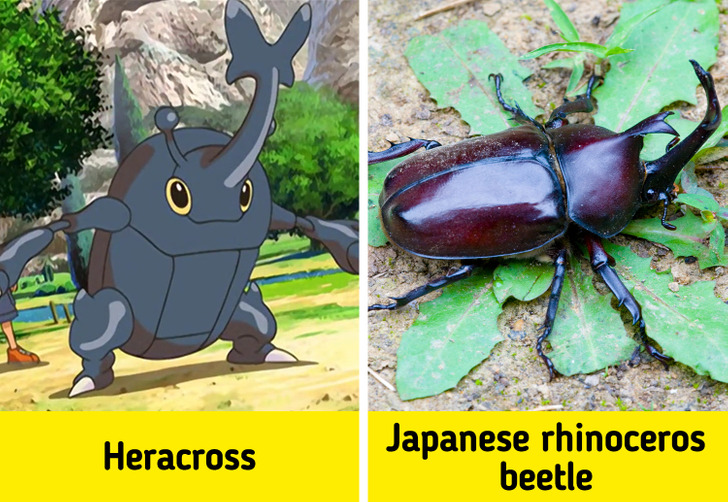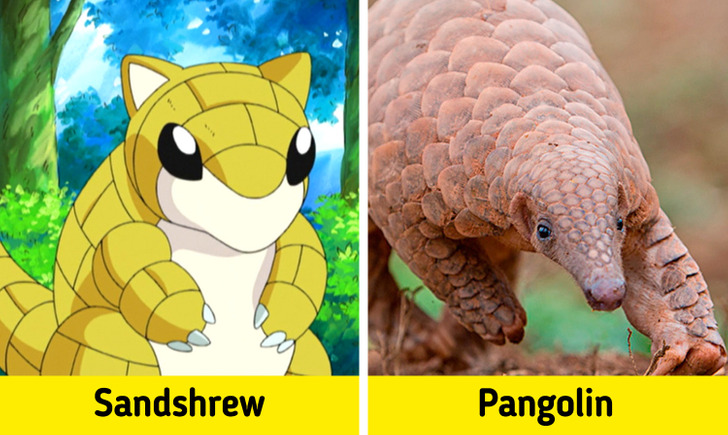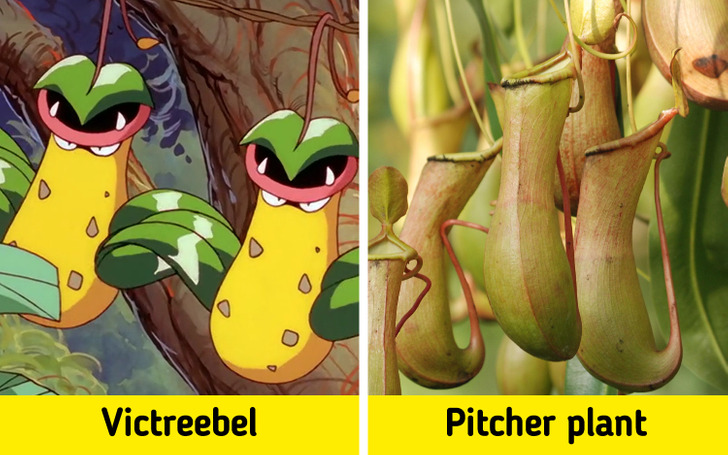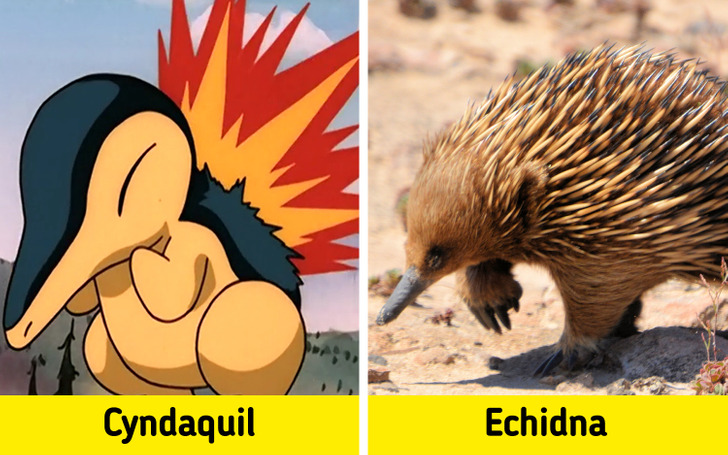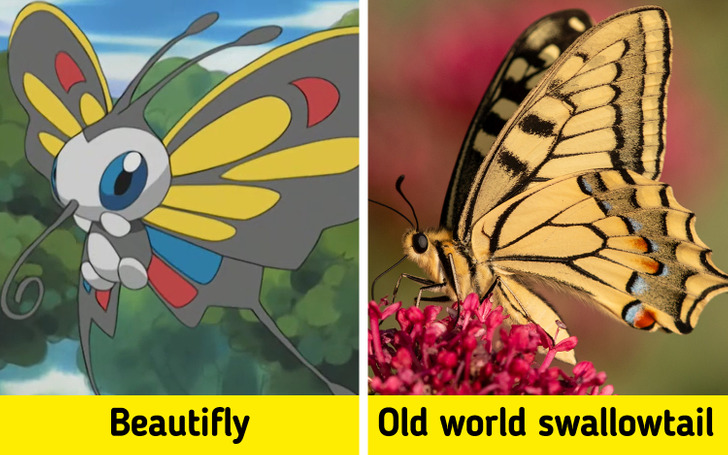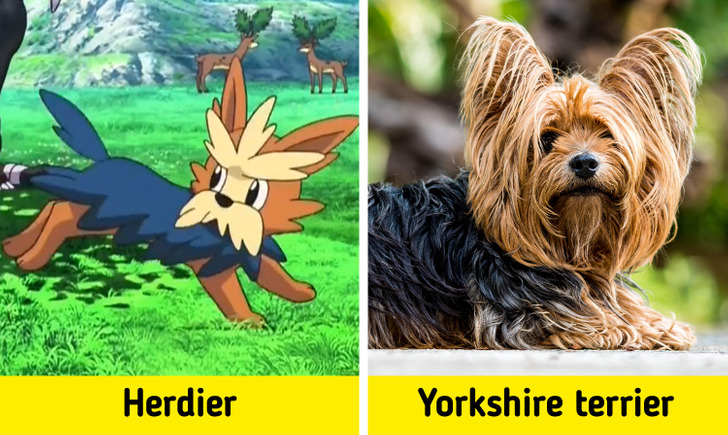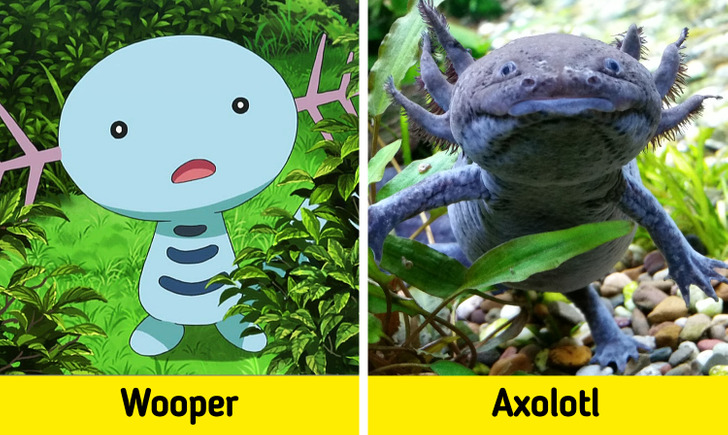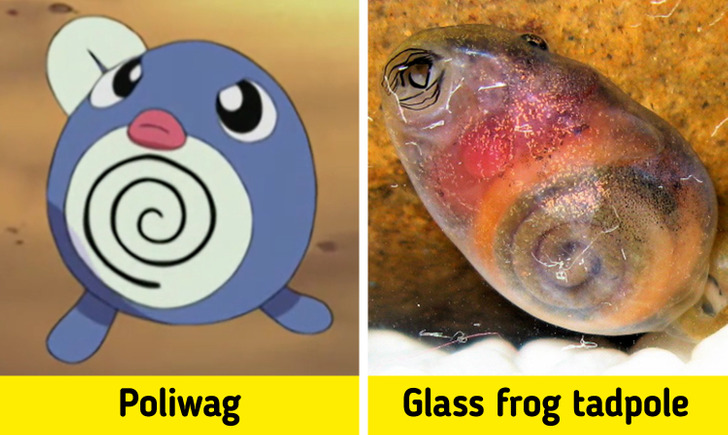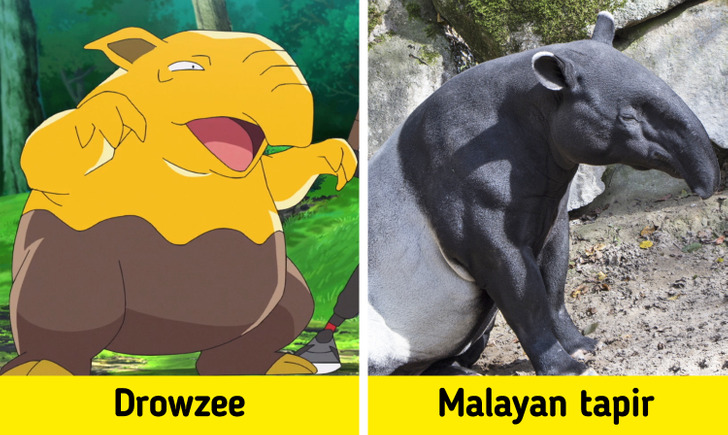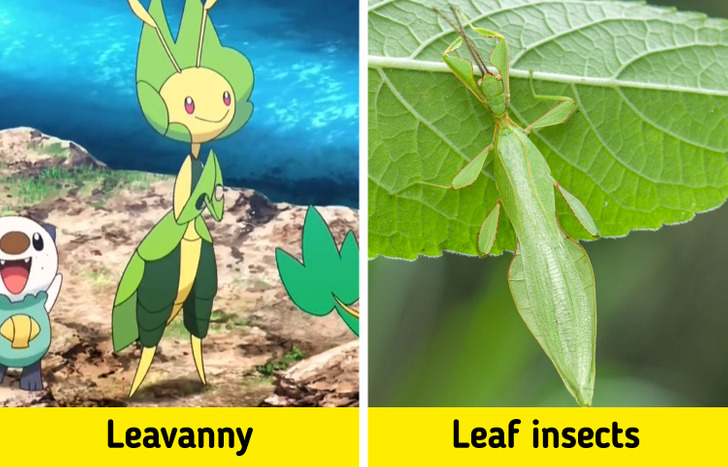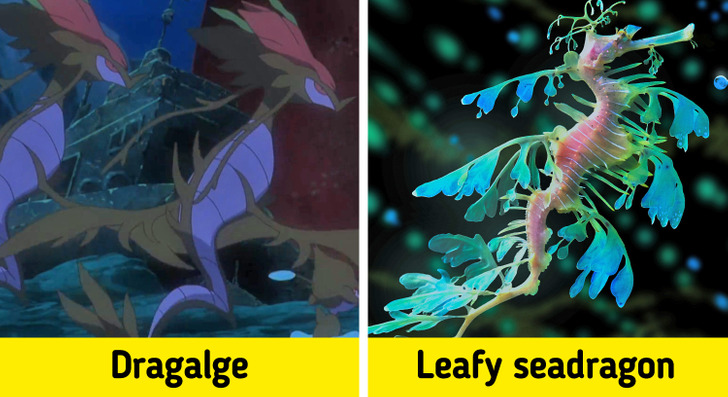13 Pokémon That Are Based On Real World Creatures
The biodiversity on Earth is truly astonishing—our planet boasts more than 2 million different species between insects, mammals, fishes, and other groups. A similar thing about biodiversity can be said about Pokémon, where we can find more than 900 different specimens of pocket monsters. The variety is so wide that some Pokémon are based on household objects, but the majority of them draw heavy inspiration from species we can find in the real world.
5-Minute Crafts has prepared a list containing Pokémon and the species we can find in the real world that they’re based on.
1. The bug-fighting Pokémon Heracross is based on the Japanese rhinoceros beetle, whose most distinguishable feature is their Y-shaped horn.
2. Sandshrew not only bears a resemblance to the pangolin because of its scaly appearance but also because it can easily turn into a ball as a way to protect itself from attackers.
3. Much like actual pitcher plants, Victreebel is a Pokémon that lures their prey and traps them inside their mouth.
4. The fire-type starter Pokémon, Cyndaquil, heavily resembles an echidna, mostly due to its elongated snout and the fire that erupts from their back, which is similar to an echidna’s quills.
5. Caterpie is not very intimidating, which is why it has yellow rings that function as eye decoys as well as a red antenna to scare off predators—the same defense mechanisms are used by the eastern tiger swallowtail caterpillar.
6. Beautifly resembles the old world swallowtail, particularly their yellow wing pattern with red and blue spots in the hindwings.
7. Herdier’s loyalty is second-to-none, and it’s thought that it was the very first Pokémon to become a human companion. It makes sense that they are designed after a recognizable dog breed, like the Yorkshire Terrier.
8. Much like the axolotl, Wooper’s most distinguishable feature is the branching gills they have on the sides of their heads. In fact, axolotls are known as wooper looper in Japan.
9. The swirl that all Pokémon from the Poliwag evolutionary line have is not just a stylistic choice. It also bears a resemblance to the tadpoles of species like the glass frog, who have their internal organs arranged in a spiral fashion which can be visible through their skin.
10. The hypnotic Pokémon Drowzee resembles the Malayan tapir in more ways than one. It’s not just their physiognomy and color patterns that are similar, but the tapir is also represented in Japanese folklore by the dream-devourer Baku.
11. The leaf-like appearance of Leavanny helps them blend in as a leaf instead of a Pokémon. This trait is shared by the Phylliidae family, also known as leaf insects.
12. Another species that uses leaves as a way to blend in with the environment is the leafy seadragon, which was the inspiration for the design of Dragalge. The name of this species might also explain Dragalge’s half-dragon typing.
13. Frosmoth has big eyes, long antennae, and a fluffy appearance. Many species fit this description, including the domesticated silk moth, which also looks like Frosmoth due to its lack of color pigments.
Which Pokémon from this list did you like the most? What creature is your favorite Pokémon based on?
Share This Article
